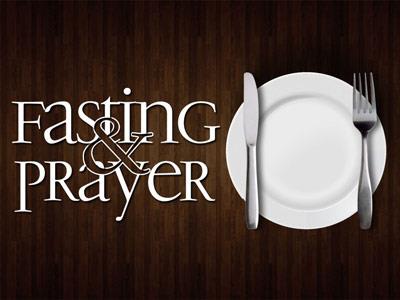-
Locust Buffet
Contributed by Timothy Enns on Nov 28, 2017 (message contributor)
Summary: God spoke to Joel to tell the people to renew, return to the Lord and rend their heart. The same message applies to us today. What are the Locust storms in our lives. Are we living whole-heartedly for god or is it time to return?
In 1915 a plague of locusts covered Palestine and Syria from the border of Egypt to the Taurus Mountains. The first swarms appeared in March. These were adult locusts that came from the northeast and moved toward the southwest in clouds so thick they obscured the sun. The females were 2.5 to 3 inches long, and they immediately began to lay eggs by digging holes in the soil about four inches deep and depositing about 100 eggs in each. The eggs were neatly arranged in a cylindrical mass about one inch long and about thick as a pencil. These holes were everywhere. Witnesses estimated that as many as 65,000-75,000 eggs were concentrated in a single square meter of soil, and patches like this covered the entire land from north to south. Having laid their eggs the locusts flew away.
Within a few weeks the young locusts hatched. These resembled large ants. They had no wings, and within a few days they began moving forward by hopping along the ground like fleas. They would cover four to six hundred feet a day, devouring any vegetation before them. By the end of May they had molted. In this stage they had wings, but they still did not fly. Instead they moved forward by walking, jumping only when they were frightened. They were bright yellow. Finally the locusts molted again, this time becoming the fully developed adults that had invaded the land initially.
According to a description of this plague by John D. Whiting in the December 1915 issue of National Geographic Magazine, the earlier stages of these insects attacked the vineyards. "Once entering a vineyard the sprawling vines would in the shortest time be nothing but bare bark. When the daintier morsels were gone, the bark was eaten off the young topmost branches, which, after exposure to the sun, were bleached snow-white. Then seemingly out of malice, they would gnaw off small limbs, perhaps to get at the pith within."
Whiting describes how the locusts of the last stage completed the destruction begun by the earlier form. "They attacked the olive trees, whose tough, bitter leaves had been passed over by the creeping locusts. They stripped every leaf, berry, and even the tender bark." They ate away "layer after layer" of the cactus plants, "giving the leaves the effect of having been “clear cut”. Even on the scare and prized palms they had no pity, gnawing off the tenderer ends of the sword like branches and, diving deep into the heart, they tunneled after the juicy pith." (From "The minor prophets" Vol 1 by James Montgomery Boice, "Joel").
I think here in Canada we have experienced grasshoppers on the prairies from time to time and sometimes they have been devastating to farmer’s crops. But when we look at the history of locust’s attacks we begin to understand what a Locust Buffett looks like in the Middle East. Not a pretty scene.
We have been looking at the Minor Prophets…those little books of the Bible at the end of the Old Testament. We have looked at Jonah and Hosea and today in our series “The Not So Minor Prophets” we will be looking at Joel. The book of Joel starts out with a plague of locust on the land. Verses 1-4 starts out like this and really gives us a good look at the unfolding story.
The word of the LORD that came to Joel son of Pethuel.
2 Hear this, you elders; listen, all who live in the land.
Has anything like this ever happened in your days
or in the days of your ancestors. 3 Tell it to your children,
and let your children tell it to their children, and their children to the next generation. 4 What the locust swarm has left the great locusts have eaten;
what the great locusts have left the young locusts have eaten;
what the young locusts have left other locusts[a] have eaten.
Kind of sounds like the historical account we had at the beginning from 1915, doesn’t it? Well God uses Joel to bring a message to the people, a call to repentance. The writer of the book of Joel refers to the “Day of the Lord” and that that day is near…it is time for the people to turn.
Some have said the Joel speaks of an invasion of locust but the locust in this case could be a metaphor of an invading army. An army so big that it could bring the kind of devastation and turmoil that a literal locust swarm could bring.
Whether it was a literal swarm or a figurative swarm, the question today is; when you examine your own life…what locust swarm have you or are you experiencing? Is there need for hope, is there need for changes on your part and is there need for openness with others? What is plaguing you today?

 Sermon Central
Sermon Central



